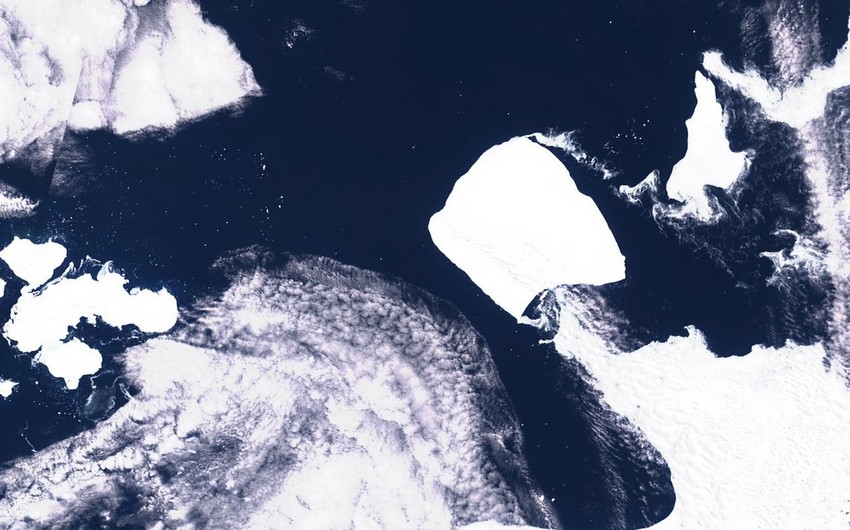Climatologists and oceanographers have found evidence that abnormally rapid sea level rise in some regions of the northwest Atlantic is associated with rising temperatures in deep waters entering the Atlantic from the Antarctic coast, according to the press service of the University of Miami, Report informs.
“The results of our observations emphasize that human activity affects even the most distant and inaccessible regions of the World Ocean. Anthropogenic factors have influenced the interaction between two areas of the Atlantic, which are thousands of kilometers apart, and one of them is located at a depth of several kilometers,” explained Tiago Bilo, a researcher at the University of Miami (US), whose words were quoted by the university’s press service.
University staff came to this conclusion by analyzing data collected between 2000 and 2020 by deep-sea buoys installed on the bottom of the Atlantic Ocean in its tropical regions at a depth of several thousand meters. These systems track the movement of deep currents, which are part of the so-called Atlantic meridional circulation.
This is what scientists call a huge closed system of currents that covers the entire Atlantic Ocean and plays a key role in the exchange of water between its surface and deep layers. In recent years, oceanographers and climatologists have begun to fear that the slowing of this "conveyor belt" of currents as a result of global warming will lead to radical changes in the transfer of heat and water in the world's oceans.
The analysis indicated that the speed of movement of the deep part of the Atlantic meridional circulation has slowed down by about 12% over the past two decades. This slowdown is due to the fact that the rapid increase in temperatures in the polar regions of the Earth prevents the warm water off the coast of Antarctica from cooling and sinking to depths, from where these cold liquid streams move towards the equator and the North Atlantic.
The weakening of water transport at great depths led to the fact that the deep waters of the Atlantic warmed by several thousandths of a degree Celsius, which led to an abnormally rapid rise in sea level off the eastern coast of North America as a result of thermal expansion of the ocean. The subsequent weakening of cold Antarctic currents will further accelerate the warming of the deep Atlantic, making sea growth off the coasts of the US, Mexico and the Caribbean even more visible.


 https://images.report.az/photo/ac754980-62ee-32d3-b26e-d7e059a6e7d8.jpg
https://images.report.az/photo/ac754980-62ee-32d3-b26e-d7e059a6e7d8.jpg

